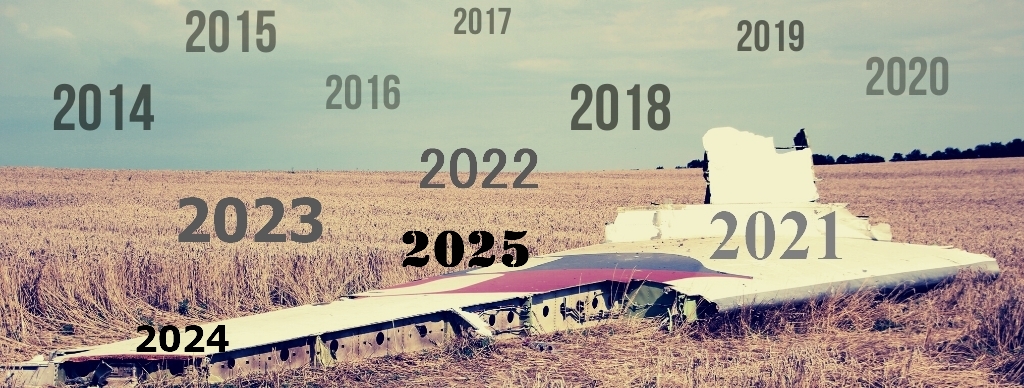90
passenger, the passenger list that also went into the aeroplane, frequent-flyer information,
travel organisations, etc. A passenger list shall only be published after the relatives have
been informed.
The code share agreement between KLM and Malaysia Airlines includes the provision
that both parties shall collaborate closely in the event of a crisis when organising the care
of victims and their relatives and dealing with the authorities, press and media.140
D.5 National crisis management legislation and regulations, guidelines and
agreements
The following laws and regulations and manuals/guidelines are relevant to answer the
question from which contexts parties act with regard to the process of informing the
relatives of victims of a disaster or crisis, especially an aircraft accident, about the fate of
their loved ones. An explanation of the parties involved can be found in Appendix C.
National Manual on Decisionmaking in Crisis Situations in the Netherlands (Nationaal
Handboek Crisisbesluitvorming).141
The outlines of the crisis management policy and the system pertaining to the crisis
organisation of the central government are recorded in the National Manual on Decisionmaking in Crisis Situations. It broadly explains the powers, responsibilities and core tasks
of the most important actors within the national crisis structure. It applies to all
(impending) crisis situations that require an inter-departmentally coordinated action from
central government.
Each ministry takes measures to deal with disasters and crises in its own policy area. To
do so, each ministry has a departmental crisis coordination centre (DCC). The DCC is the
manager within the ministry with regard to crisis management. If an incident has national
repercussions and multiple ministries are involved in the plan of action, the national crisis
structure can be activated. The outlines of the crisis organisation at the national level, in
principle consisting of the Advisory Team, the Interdepartmental Crisis Management
Committee (ICCb) and the Ministerial Crisis Management Committee (MCCb), are
explained in Section 4.2.142
In addition to the Prime Minister and the Minister of Security and Justice, the ministers of
the ministries involved in the incident participate in the MCCb (which may also include
other parties). The chair of the ICCb as well as an offcial representative at the level of the
Director-General or Secretary-General of the ministry that is most strongly involved
participate in the MCCb as permanent advisors.
140 Annex 29.1 under 1.4 Minimum Emergency Response Requirements & Procedures MAS/KLM Alliance Agreement.
141 This manual was adopted by the Council of Ministers at the same time as the decree establishing the Ministerial
Crisis Management Committee that came into effect on 25 April 2013.
142 The structure is flexible, if need be, as was the case in the aftermath of the crash of flight MH17. The advisory team
was not set up during the crisis.

